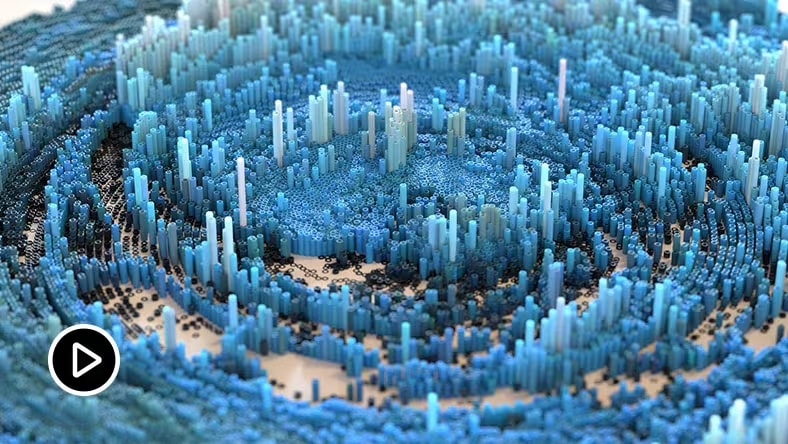Digital 3D painting plays a crucial role in the film and gaming industries, enhancing the visual quality and realism of the final products.
In the film industry, 3D painting software is mainly used to create realistic, immersive visual effects (VFX) (US site). Artists use 3D modelling software to create detailed virtual environments, characters and objects, which are then textured and painted using 3D digital painting tools for more realistic appearances. This process helps filmmakers bring fantastical worlds, creatures and scenes to life and easily integrate them with live-action footage. Digital 3D painting is also used for intricate matte paintings, which serve as backgrounds or set extensions to enhance the film’s scope and ambiance.
3D digital painting is also a fundamental part of the game-development (US site) pipeline. Game artists use 3D modelling software to create characters, props and environments. They then apply textures and digital paint to add details, surface materials and visual flair. Digital 3D painting helps achieve stunning and realistic graphics, improving the overall visual quality of the game and developing interactive and dynamic environments that respond to the player’s actions for an immersive gaming experience.
Both industries rely on digital 3D painting software to create captivating and visually appealing content that transports audiences to new worlds and engages them in thrilling, immersive experiences. 3D modelling, texturing and digital painting allow limitless artistic possibilities, making digital 3D painting an essential tool in modern filmmaking and gaming.














